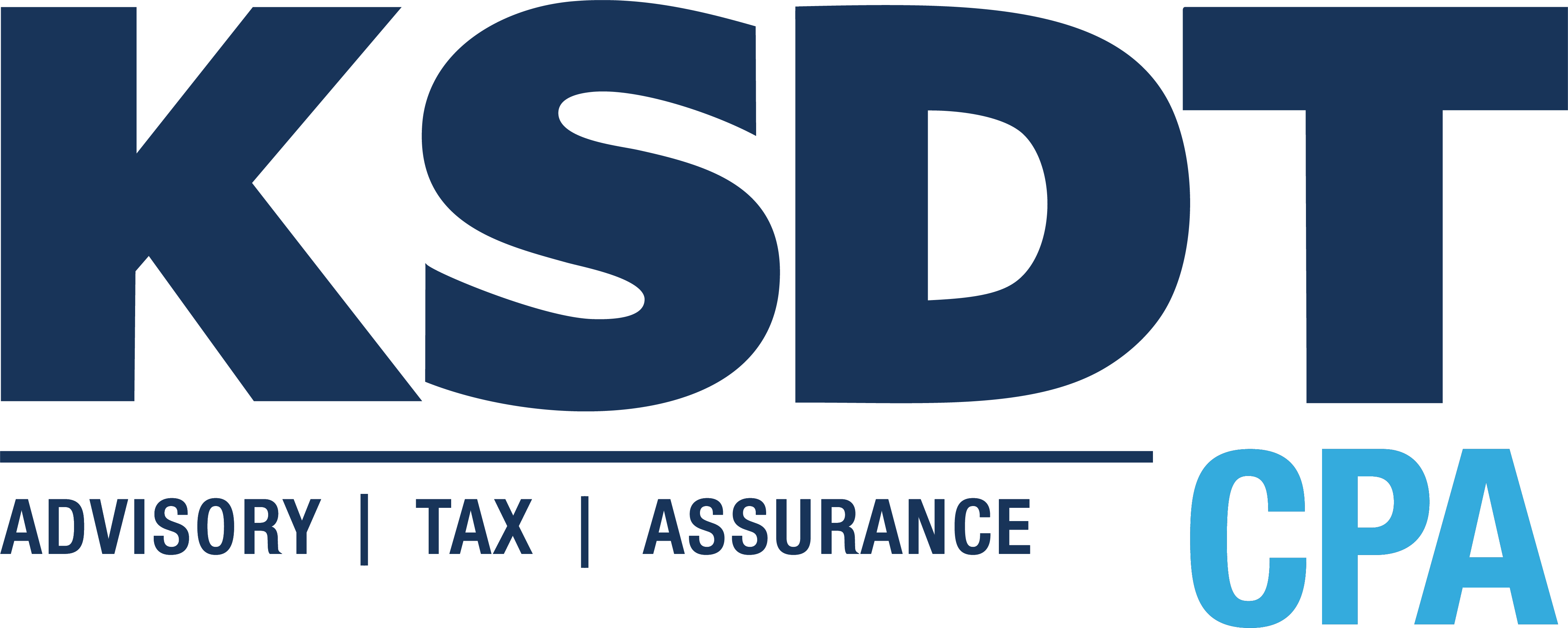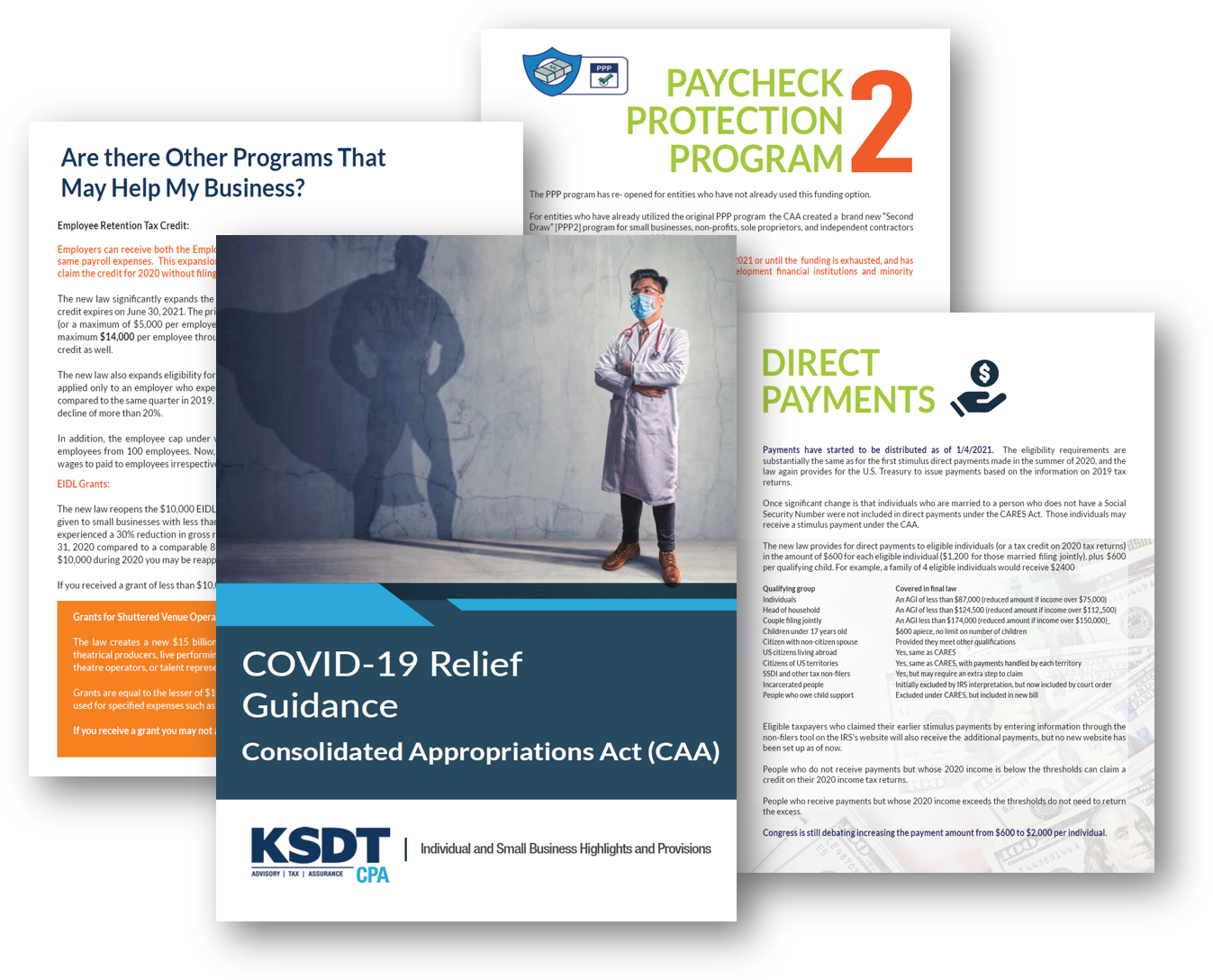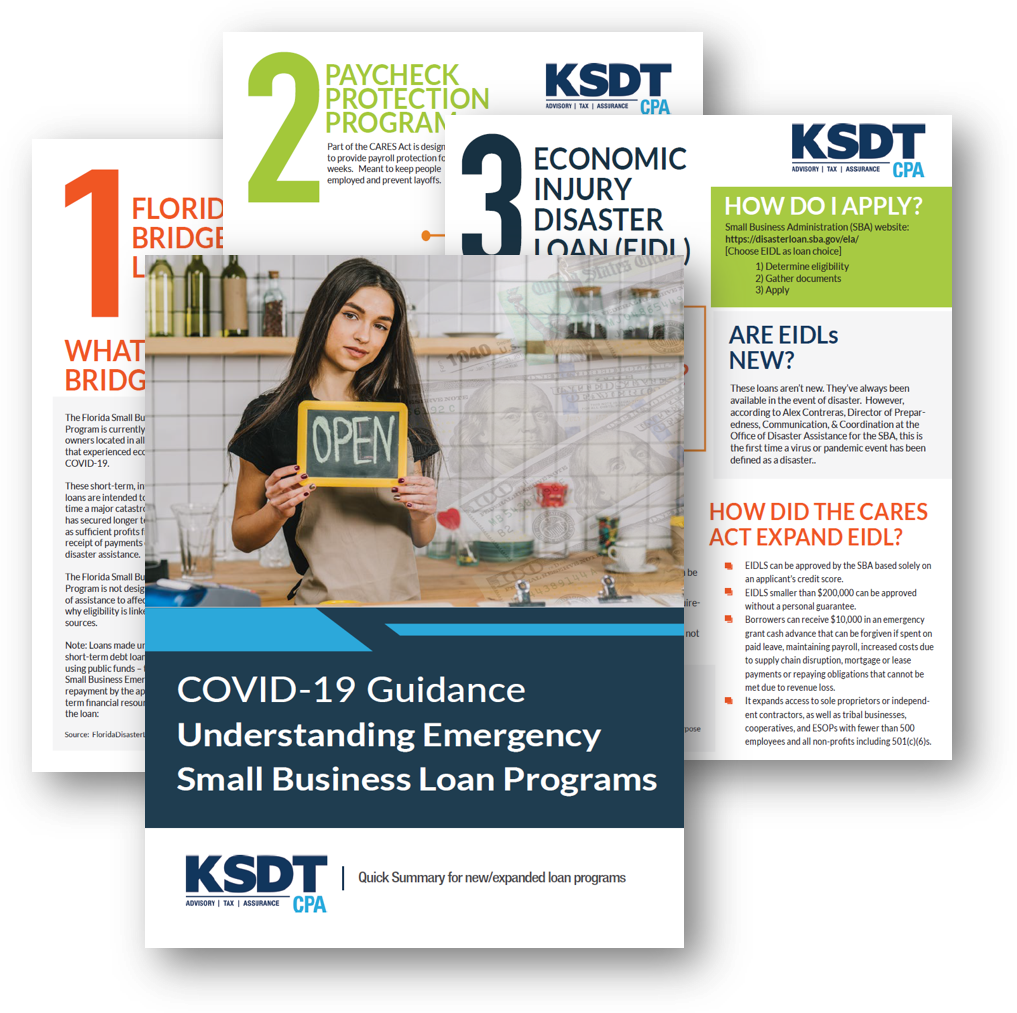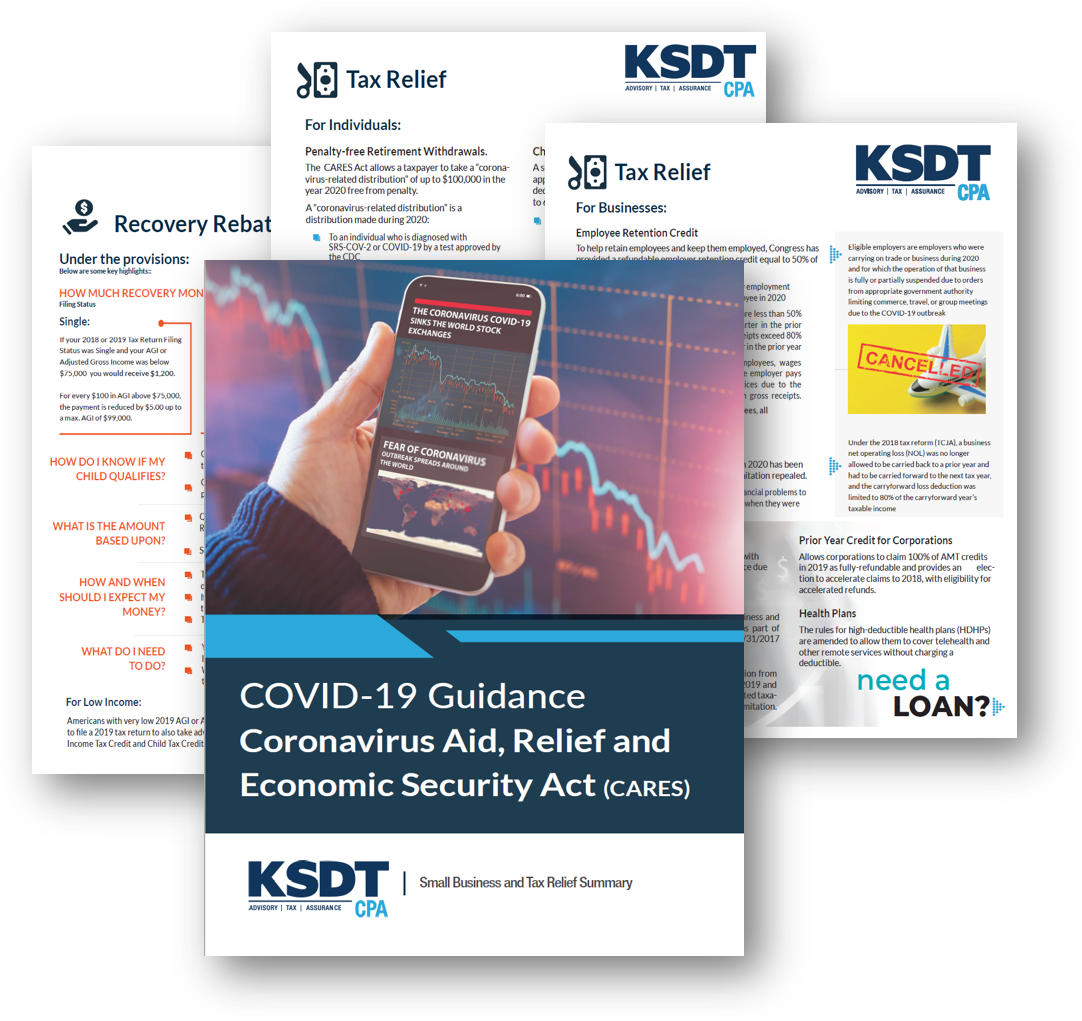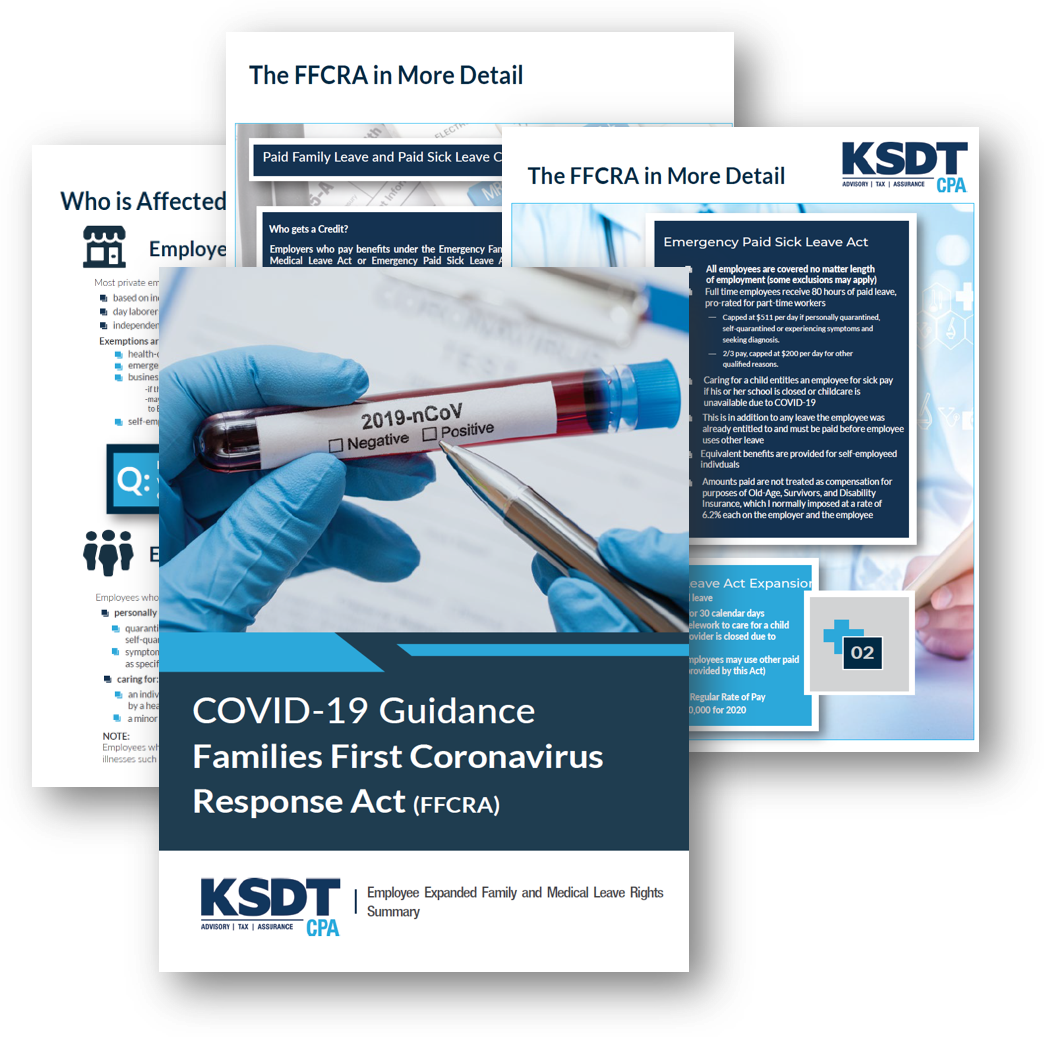[12/27/2020] President Donald Trump signed the massive $2.3 trillion dollar coronavirus relief and government funding bill into law Sunday night, averting a government shutdown that was set to begin on Tuesday, and extending billions of dollars in coronavirus aid to millions.
Below are some provisions related to Paycheck Protection Program [PPP]
Source: US Chamber of Congress 12/22/2020- Subject to Change/Update or Modify as new information becomes available
As part of an end-of-year pandemic relief package, Congress has passed several changes to the Paycheck Protection Program (PPP) and created a “Second Draw” PPP for small businesses who have exhausted their initial loan. Other changes impact eligibility for initial PPP loans, the loan forgiveness process, and the tax treatment of PPP loans.
Congress has also made changes to other programs – including Economic Injury Disaster Loans (EIDL Program), the Employee Retention Tax Credit, a Venue Grant program, and SBA loan programs –that will benefit small businesses. Here’s everything small business owners need to know now:
- How Do These Changes Impact My Existing PPP Loan?
- I Exhausted My Initial PPP Loan, How Does This Help Me?
- What If I Never Received a PPP Loan?
- Which Changes to Other Programs That May Help My Small Business Have Been Changed?
